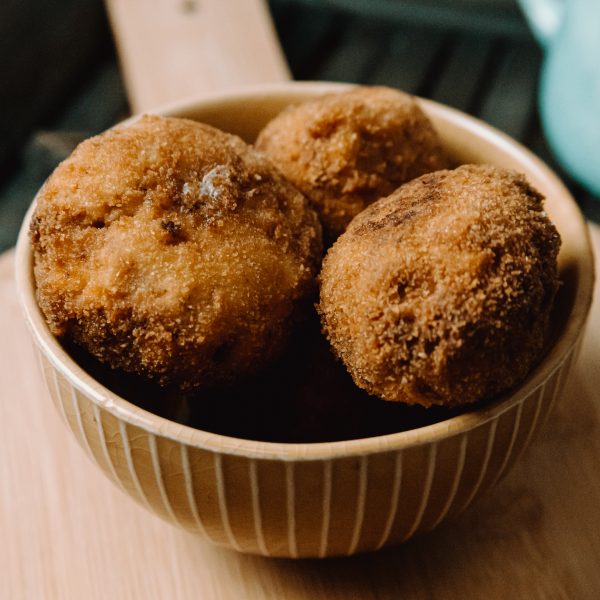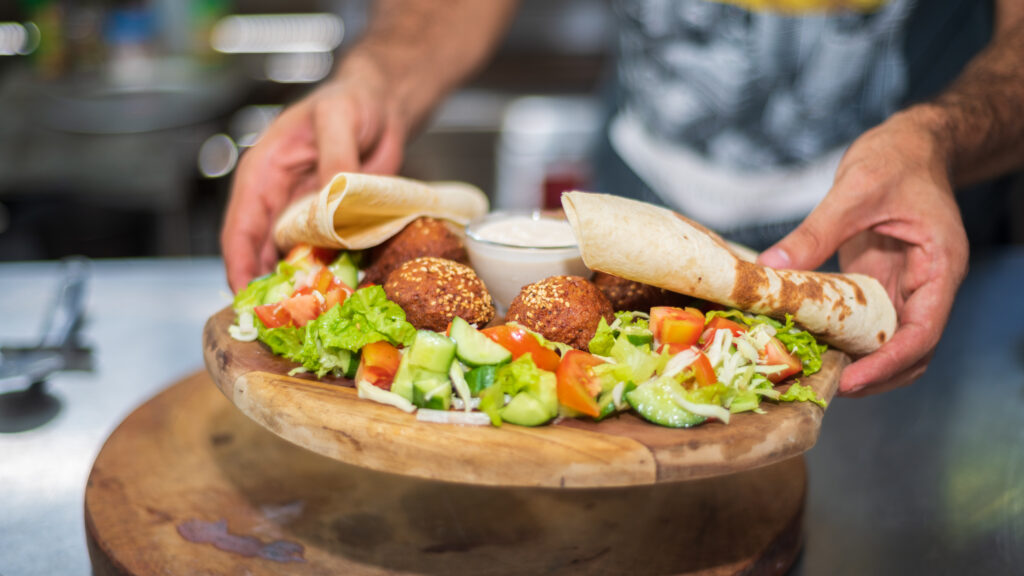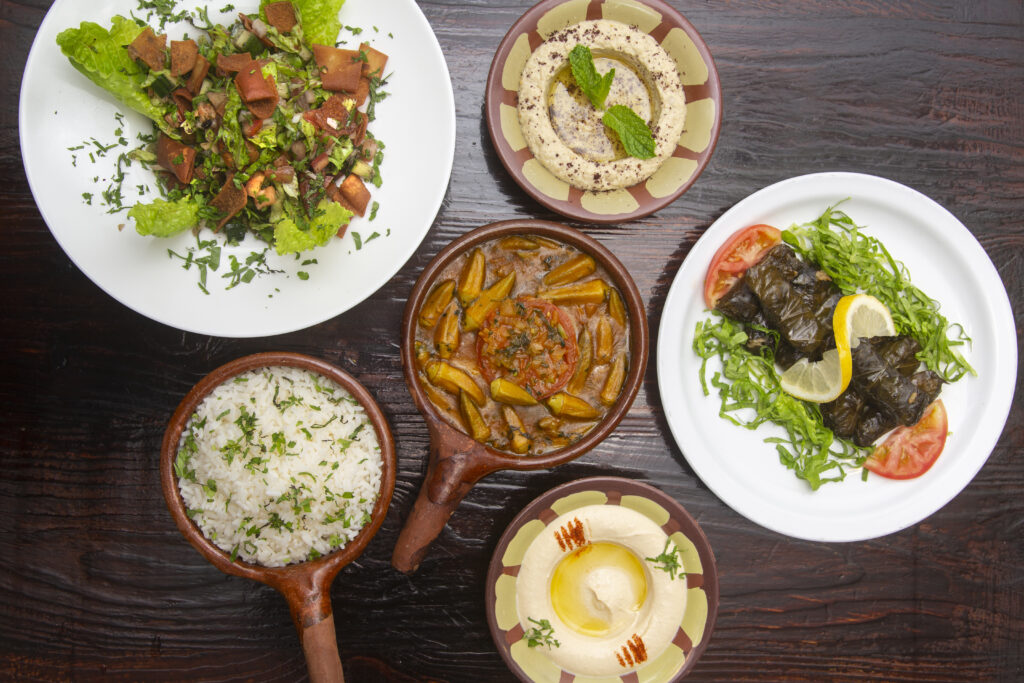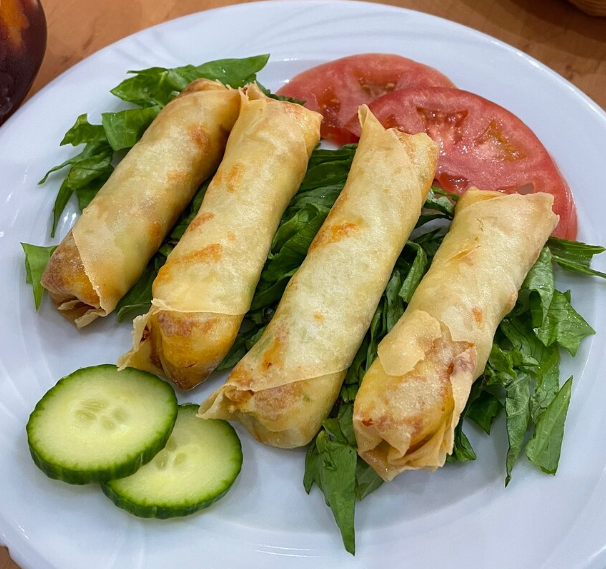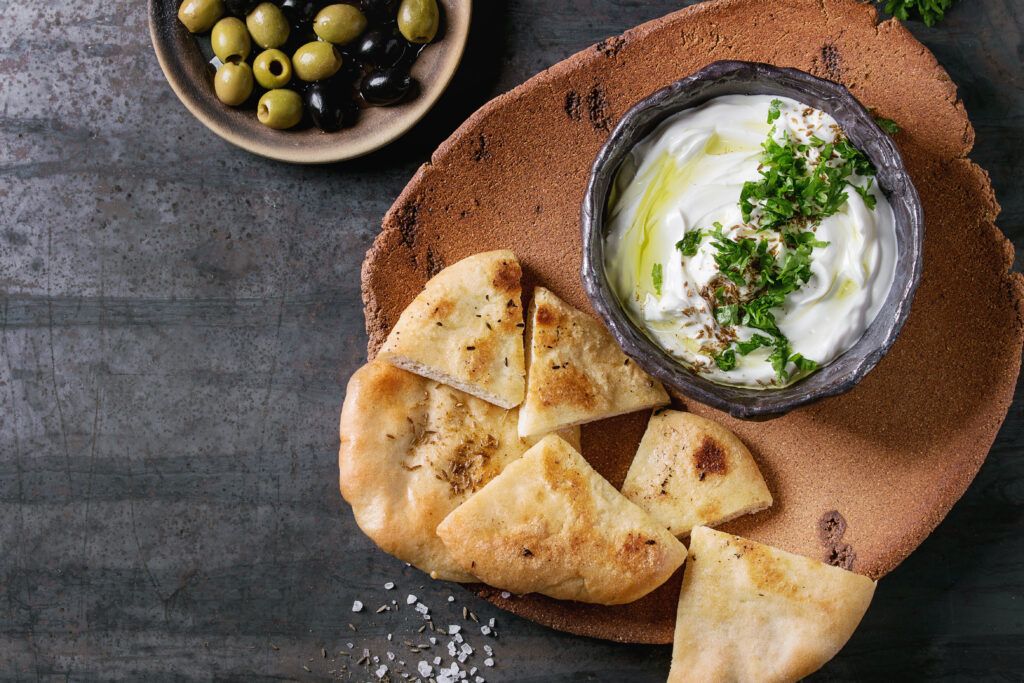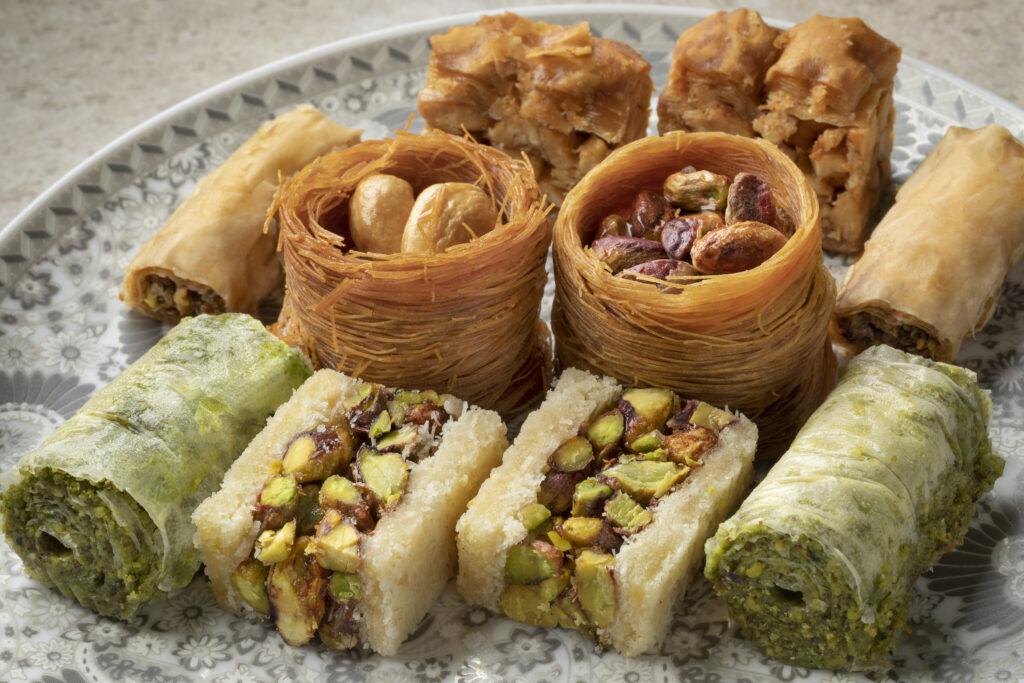A culinary jewel of Lebanese cuisine, Kebbe has transcended borders and cultures, seducing palates in every corner of the world with its unique combination of flavors and textures. This traditional Lebanese classic is the representation of much more than just a recipe in a cookbook; it is a vibrant symbol of Lebanon’s rich gastronomic heritage, reflecting the diversity and depth of its culture.
The history of the Kebbe is intertwined with that of Lebanon itself, narrating a saga of traditions, cultural exchanges, and culinary creativity. This dish has been perfected over the centuries, passed down from generation to generation as a treasured legacy. The essence of the Kebbe lies in its simultaneous simplicity and complexity: a harmonious fusion of humble ingredients that are transformed into an extraordinary dish under the skillful hands of Lebanese cooks.
Kebbe is much more than the sum of its components. Each ingredient is carefully chosen and cooked with precision, from the bulgur wheat, which forms its base, to the finely ground meat, usually lamb or beef, which is blended with a selection of spices and herbs that evoke the aromas and flavors of Lebanon. This blend is molded into distinctive shapes, each telling a story of the regions and families that have shaped this dish over the years.
But what really elevates the Kebbe above other dishes is the mastery with which it is prepared. It requires not only knowledge and skill, but also a passion for keeping culinary traditions alive. Lebanese cooks, whether chefs at renowned restaurants or guardians of family recipes, approach the creation of the Kebbe with an almost reverential respect, ensuring that every bite is an experience that honors their rich heritage.
When we enjoy a Kebbe, we are not only savoring an exceptional dish; We are participating in a story that has been woven through the centuries, a story that celebrates the identity, community, and creativity of the Lebanese people. This dish, in all its simple elegance, is a testament to how food can be a bridge between cultures, a universal language that we can all enjoy and appreciate.
1. The Kebbe: A Dish with History
The origin of Kebbe dates back to ancient times, being an essential part of Middle Eastern cuisine. Traditionally, this dish was prepared using bulgur wheat and meat, staple ingredients in the Lebanese pantry. Over the centuries, the Kebbe has evolved, adopting regional variations that reflect the diversity of Lebanese geography and culture.
2. Ingredients & Preparation: The Essence of Kebbe
The classic Kebbe is made by mixing finely ground bulgur with meat, usually lamb or beef, and a variety of spices such as cinnamon, cumin, and allspice. This mixture is kneaded into a smooth and homogeneous dough, which is then filled with a mixture of minced meat, onion, pine nuts and more spices. The skill in the preparation of Kebbe lies in achieving the perfect balance between these ingredients, creating a dish that is at the same time rich and delicate.
3. Kebbe Varieties: A World of Flavors
Although Kebbe is traditionally served in the form of small croquettes or balls, there are many variations of this dish. The nayyeh kebbe, for example, is a raw version that is highly appreciated by the most daring gourmets. Other types include the baked Kebbe and the Kebbe in soup, each offering a unique taste experience.
4. Kebbe in the Modern Kitchen
Today, the Kebbe has transcended Lebanon’s borders, finding its place on the menus of international restaurants and homes around the world. Modern chefs experiment with ingredients and techniques, adapting the Kebbe to contemporary tastes without losing its traditional essence. From vegetarian versions to creative fusions, the Kebbe remains a versatile and beloved dish.
5. More Than a Dish: A Cultural Element
Kebbe is much more than a traditional Lebanese dish; It is a fundamental element of Lebanese culture and celebrations. Often present at family gatherings and festivities, Kebbe is a dish that brings people together and celebrates community and tradition.

